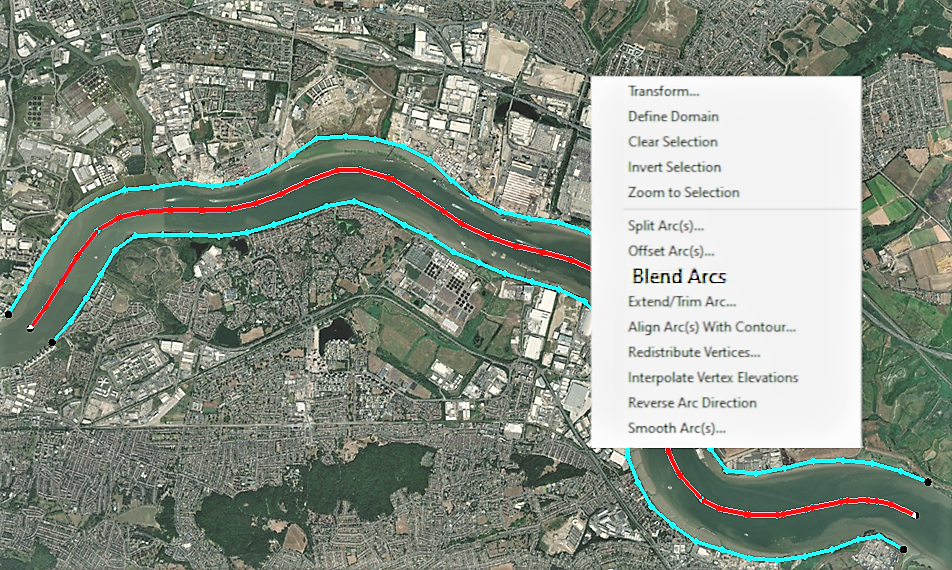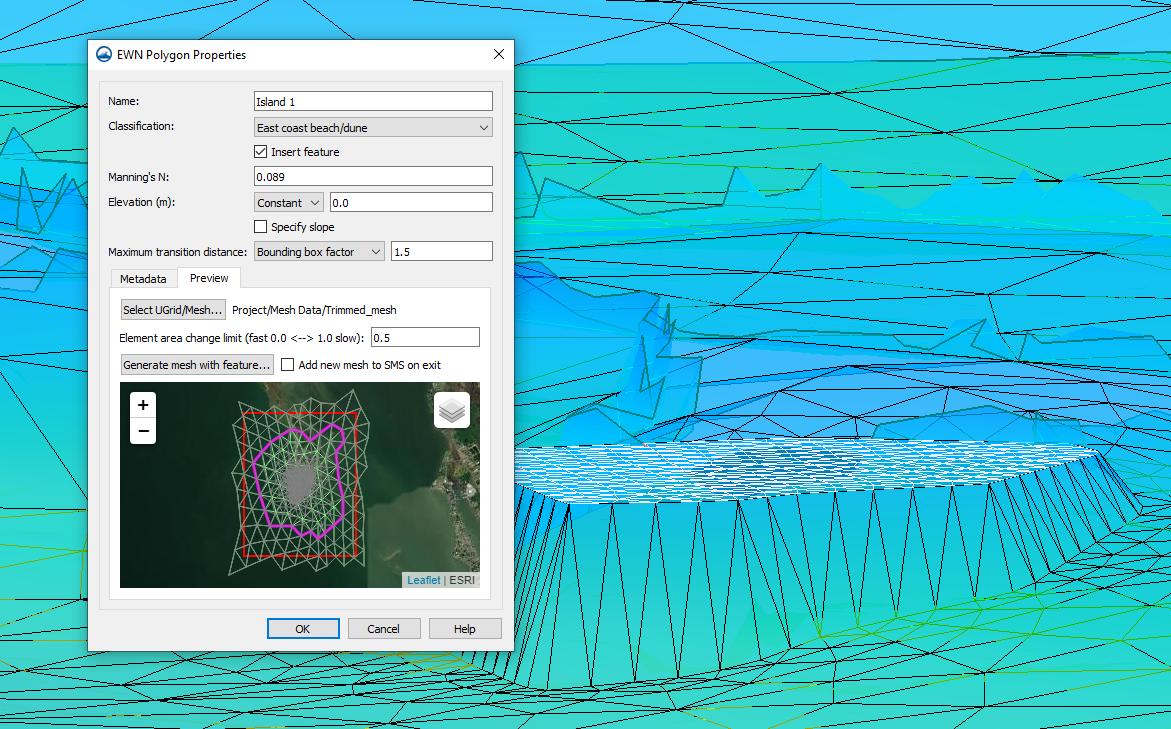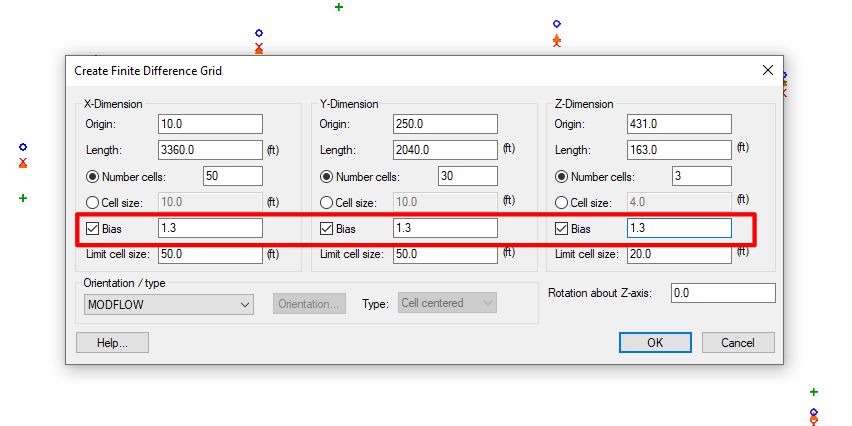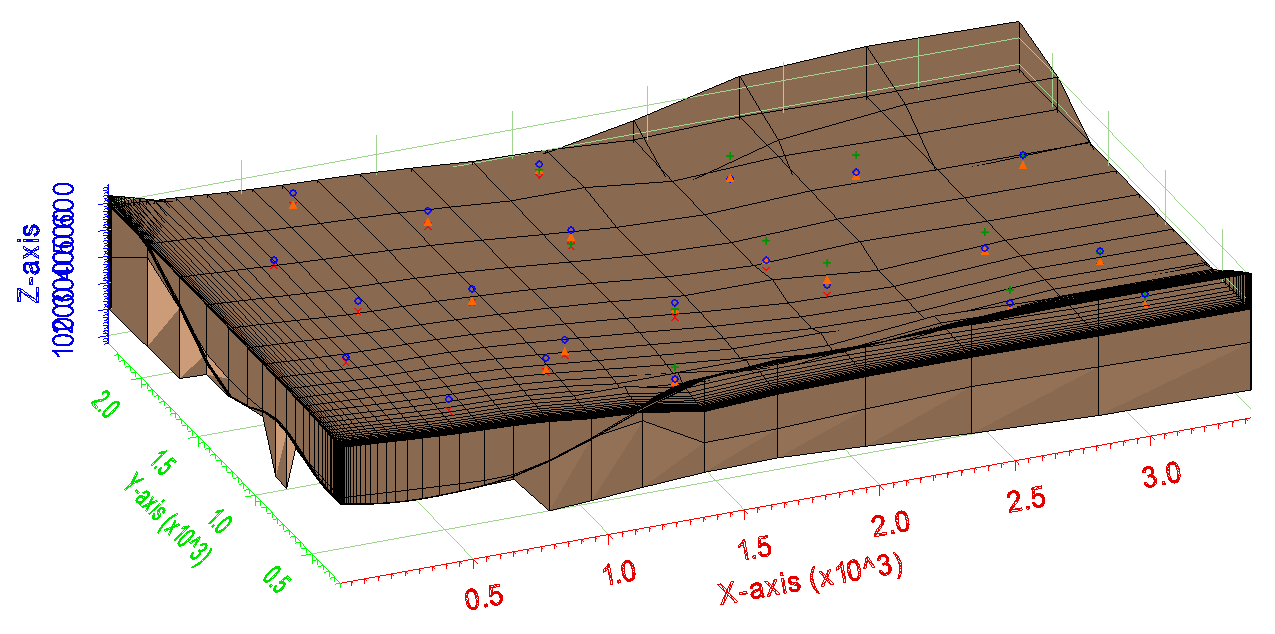Setting Up a Cross Section Animation in GMS
By aquaveo on March 28, 2023Have you ever wanted a way to better visualize cross sections in your project? The Animation Wizard in the Ground-water Modeling System (GMS) can help you do just that. Any project involving a 3D mesh or 3D grid can utilize the cross section animation feature.
To build your initial cross section, you’ll need to start with a 3D mesh or grid as a foundation. After your foundation is set, build the cross section. Keep in mind that the Animation Wizard will create the animation through what is currently visible in the Graphics Window, so it is a good idea to get the display settings where you want them before starting the animation process.
Go to the Display menu and scroll down to the bottom to find the Animate option. Before initiating the animation, make sure that the cross section is active in the Graphics Window. Note that although the cross section needs to be active to create the animation, it doesn’t need to be turned on if you don’t want the static cross section from the project to be visible.
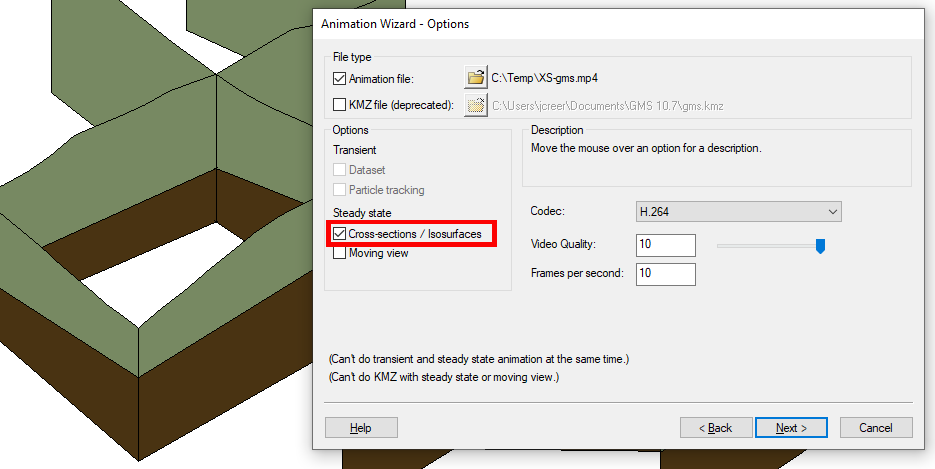
In the Animation Wizard dialog, turn on Cross-sections/Isosurfaces under Steady State. This is the option that animates the cross sections. You can change the speed of the animation by altering the number of frames per second, which is on the first page of the Animation Wizard, and the number of frames, which is on the second page. The lower the number of frames per second, the longer the animation will spend on each cross section, and vice versa.
The second page of the Animation Wizard is where you can specify the plane over which the cross sections will be animated. You can animate over the X, Y, or Z-axis, or any combination of the three. You can also alter more of the display options for the animation under the Cross Section Option button on this page.
After clicking Finish, the Animation Wizard will automatically export the cross section animation as an MP4 file, and you can open the MP4 file to view the finished product.
Even more settings and options are available that were not covered in this post, explore what cross section animations can do for your GMS project today!
